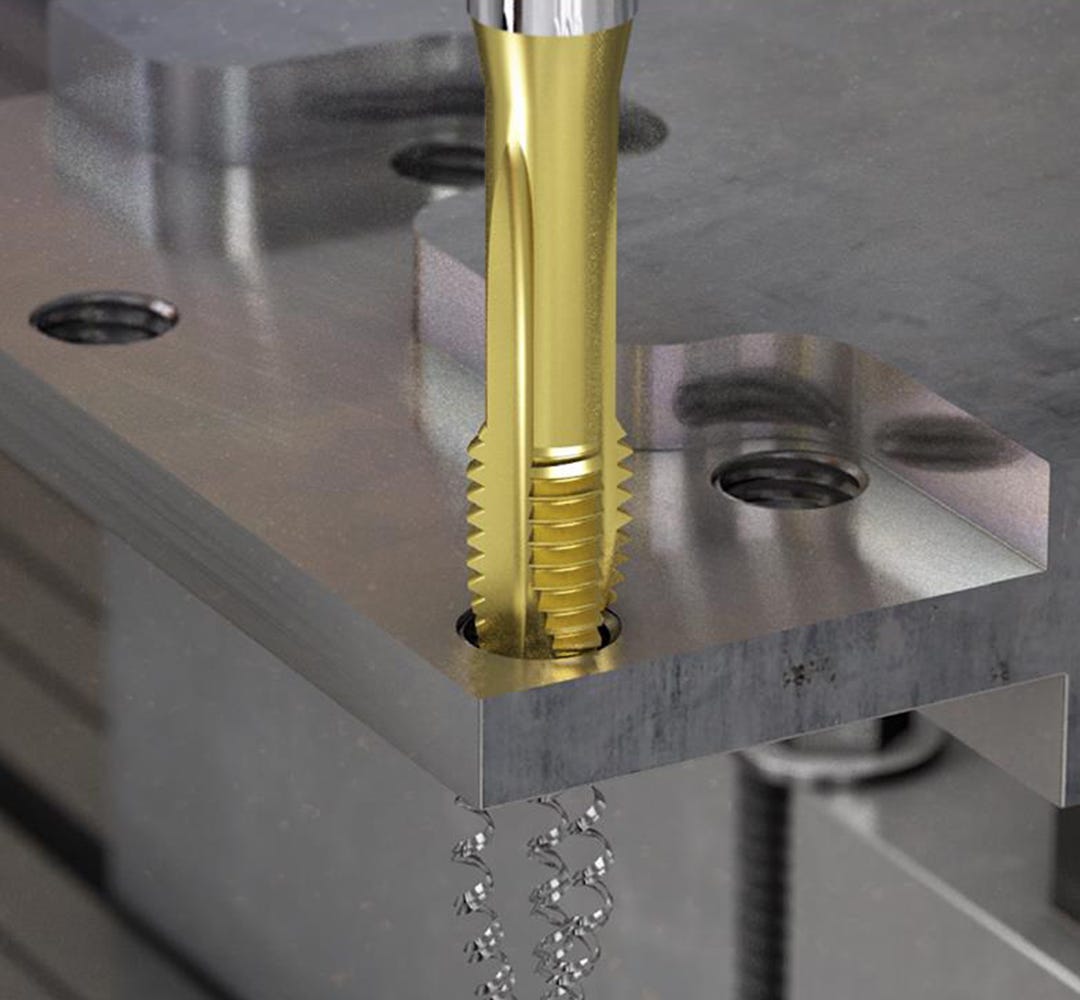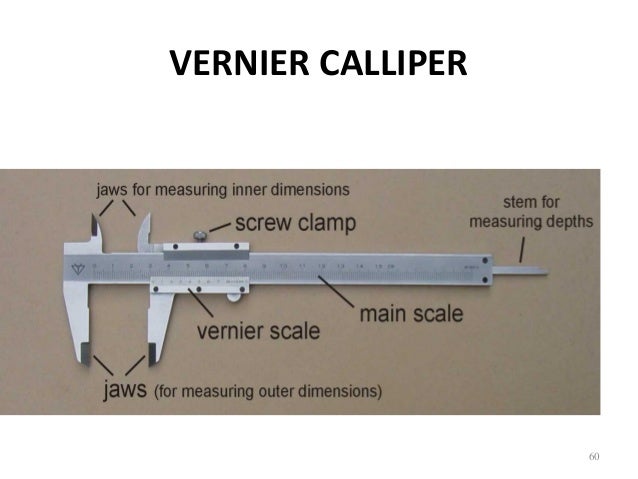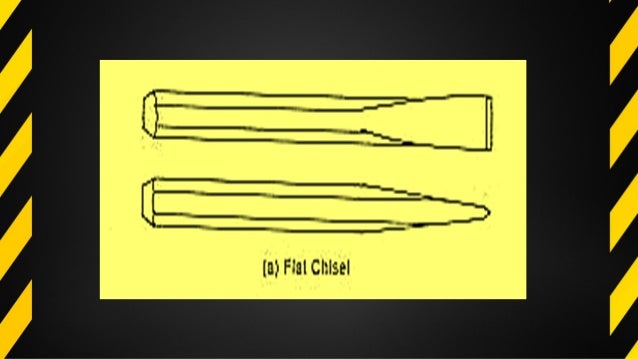

These thread taps have a spiral cut with relief grooves. Spiral Point Taps (Gun Nose or Bull Nose Taps)
Form taps vs cut taps manual#
These are the types of taps you should choose from for CNC applications or for manual machining work.

Check to be sure what you’re getting and using. Some vendors call these “Second Taps” and refer to Bottoming Taps as Plug Taps. Unfortunately, terminology is not always consistent. Plug Taps are in between Bottoming and Taper Taps because they have 3-5 threads tapered, which is more than a Bottoming Tap and less than a Taper Tap. It’s desireable to thread most of the hole with a Taper Tap first, and then finish the bottom of the hole with a Bottoming Tap. Only 1 to 1.5 threads will be tapered.īottoming Taps are useful for threading blind holes. Bottoming TapĪ bottoming tap has almost no taper at the end because it is designed to thread all the way to the bottom of its reach.

Taper Taps are the most common types of taps and are typically what you’ll have in a Tap and Die Set. Typically, the first 8 to 10 threads are tapered. There are two types of Hand Taps: Taper TapĪ taper tap has quite a lot of taper to help it ease into cutting threads gradually.
Form taps vs cut taps iso#
One applicable standard for Hand Taps is ISO 529. You’ll be surprised at how much better taps made for machines work. Buy some good quality taps and try tapping by hand versus the hardware store set of thread taps. Hand taps, typically bought at the local hardware store, are the most common types of taps, but they are generally to be avoided for CNC work. Hand Taps (Tap Set Taps, Straight Flute Taps)

With all of these advantages, there’s gotta be some downfall, right?! Well, due to the higher pressure on the tool and part hole, it will require some better coolant or oil with high lubricity. Not only will everything be stronger, but you can run at faster speeds, greatly reducing cycle times. This will save you time and money in the long run, as you won’t have as many taps breaking in your parts. If you need strong threads in your parts, form taps are the way to go.įorm taps are stronger and will last longer than cut taps. That brings us to the next advantage the threads are much stronger because they are “formed” into place. A form tap does just that, it “forms” the threads in the hole with pressure, as opposed to “cutting” threads. What’s better about form taps? Well, they have several advantages over cut taps that will make you want to use them more often. Since this type of tap “cuts” threads into the hole, you can get away with using various coolants and mixtures without breaking tools, especially on soft materials like aluminum. You also won’t have to worry about running into anything unless your table or fixture is under the hole. This equates to much faster tapping cycle times.Ī cutting tap is great for thru-holes, as you won’t have to dig into the hole to pull out the chips. It allows you to tap at higher RPM without putting so much load on your spindle. Rigid tapping is a very useful option on newer CNC Mills such as a Haas. Depending on your machine’s capabilities and what material you’re running, you may only be able to run it at 200-300 RPM. They are easy to use just drill the hole with the correct tap drill size, making sure you go deep enough so that the tap will get enough threads, then run the tap into the hole. Tapping with cut taps has been the most popular for decades because that’s what there was available. A cut tap also has clearance cut around the tool so that chips will move out of the way and not break it.
Form taps vs cut taps full#
A cut tap doesn’t have a full thread until about the third time around, while a form tap looks the same from bottom to top. After using both kind of taps for a while, you’ll see the difference in looks right away.


 0 kommentar(er)
0 kommentar(er)
